Table of Contents
Up to 60% off on Home Cleaning

Full House Cleaning - Starts from ₹ 2,129
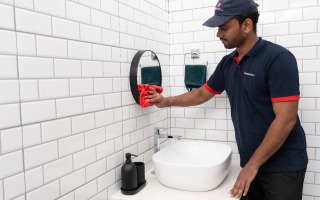
Bathroom Cleaning - Starts from ₹ 359
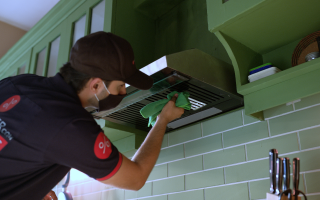
Kitchen Cleaning - Starts from ₹ 999

Sofa Cleaning - Starts from ₹ 359
Loved what you read? Share it with others!
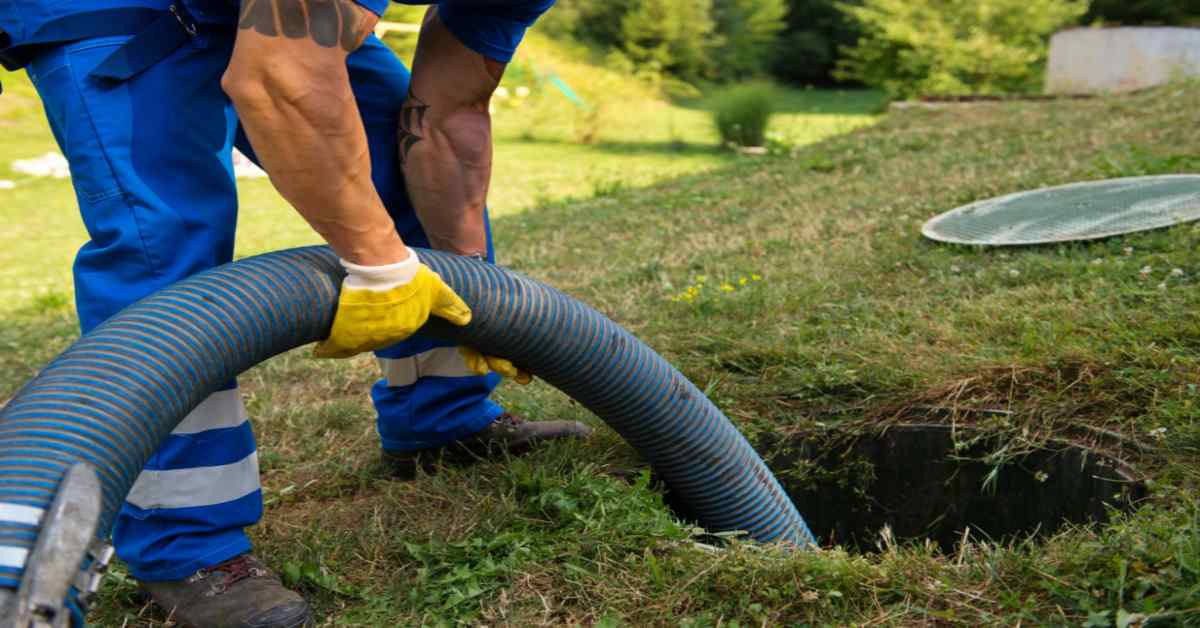

Submit the Form to Unlock the Best Deals Today
Check Your Eligibility Instantly

Experience The NoBrokerHood Difference!
Set up a demo for the entire community

Tenant Super Relax Plan
Enjoy Hassle-Free Renting
 Full RM + FRM support
Full RM + FRM support Instant alerts & premium filters
Instant alerts & premium filters Rent negotiation & relocation help
Rent negotiation & relocation helpSeptic Tank Cleaning Methods: How to Clean a Septic Tank?
Table of Contents
Keep your septic tank clean for trouble-free operation. Learn how to clean a septic tank and find out its maintenance tips and cleaning costs.

How to Clean a Septic Tank?
Cleaning a septic tank is an essential task to ensure that it functions efficiently and prevents costly problems. Here’s a detailed explanation of how much to empty a septic tank, and how to clean a septic tank effectively:
1: Gather the Necessary Tools and Equipment
Before you start cleaning your septic tank, you'll need to gather the required tools and equipment. Here's what you'll need:
Up to 60% off on Home Cleaning

Full House Cleaning - Starts from ₹ 2,129

Bathroom Cleaning - Starts from ₹ 359

Kitchen Cleaning - Starts from ₹ 999

Sofa Cleaning - Starts from ₹ 359
Safety Gear: Wear appropriate safety gear, including gloves and eye protection, to protect yourself from exposure to sewage and harmful fumes.
Septic Tank Pumping Equipment: You'll need a septic tank pump or a vacuum truck to remove the solids and sludge from the tank.
Access Tools: You may require shovels, a crowbar, or other tools to uncover the septic tank access point.
Hoses and Disposal Container: You'll need hoses to connect to the pump and a suitable container to collect the waste for proper disposal.
Sewer Tank Cleaning Chemicals/Additives (if necessary): Depending on the condition of your septic tank, you may consider using septic tank cleaning chemicals or additives. These can help break down solids and improve bacterial activity in the tank.
2: Locate and Uncover the Septic Tank Access
The septic tank access point is usually a round or rectangular lid on the ground's surface. It may be buried under soil, grass, or concrete. To locate and uncover it:
- Start by identifying the septic tank's rough location based on your property's layout and any documentation you have.
- Use a probe or metal detector to pinpoint the exact location of the access point.
- Once located, carefully remove the lid or cover using appropriate tools like a shovel or crowbar. Be cautious not to damage the lid, as you'll need to reseal it later.
3: Pump Out the Solids and Sludge
This is a critical step in safety tank cleaning. The solids and sludge that accumulate in the tank need to be pumped out to maintain proper functionality. Follow these steps:
- Connect the septic tank pump or vacuum truck to the access point.
- Begin pumping out the contents of the tank. The pump will remove both liquid and solid waste.
- Ensure that the tank is thoroughly emptied. It's crucial to remove all solids and sludge to prevent clogs and backups.
4: How to clean septic field lines
After pumping out the tank, you may choose to add septic tank cleaning chemicals or additives. These products can help break down remaining organic matter and promote the growth of beneficial bacteria in the tank. Follow the manufacturer's instructions carefully when using these products.
5: Perform Regular Inspections and Maintenance
To ensure the continued health of your septic system, it's essential to perform regular inspections and maintenance. Here are some key maintenance tasks:
- Regularly inspect the tank and its components for signs of damage or leaks.
- Check the effluent filter, if present, and clean or replace it as needed.
- Monitor the level of solids in the tank and schedule pumping when necessary (typically every 3-5 years, but this can vary).
- Be mindful of what you flush or pour down drains to avoid clogs and excessive waste buildup.
By following these steps and maintaining a regular cleaning and inspection schedule, you can keep your septic tank in good working condition, preventing costly issues and ensuring the safe and efficient treatment of wastewater on your property.
Septic Tank Maintenance Tips
Schedule Regular Inspections
- Regular inspections by a professional are essential to catch potential issues early.
- Professionals can assess the condition of your septic tank, check for leaks, and ensure the components are working correctly.
- It's typically recommended to have your septic tank inspected every 1 to 3 years, depending on the tank's size and usage.
Be Mindful of Water Usage
- Excessive water usage can overload your septic system, leading to issues like backups and drainage problems.
- Fix any leaks in faucets or toilets promptly.
- Use water-saving appliances and practices, such as low-flow toilets and taking shorter showers.
Avoid Flushing Non-Biodegradable Items
- Only flush toilet paper and human waste down the toilet.
- Never flush non-biodegradable items like feminine hygiene products, wipes, diapers, cigarette butts, or chemicals, as they can clog the system and hinder the natural breakdown of waste.
Consider Septic Tank Cleaning Powder or Additives
- Septic tank cleaning powder or additives can help enhance the bacterial activity in the tank, aiding in the decomposition of solids.
- Choose products specifically labelled as septic-safe and follow the manufacturer’s recommendations.
- These products can be particularly helpful if your system has been neglected or experiences issues.
Maintain Your Drain Field
- The drain field plays a crucial role in wastewater treatment and disposal.
- Avoid parking vehicles or placing heavy structures over the drain field, as this can compact the soil and disrupt its function.
- Plant only grass or shallow-rooted vegetation over the drain field to prevent damage to the pipes and soil absorption area.
Recommended Reading

Septic Tank Cleaning Methods: How to Clean a Septic Tank?
January 16, 2025
8010+ views
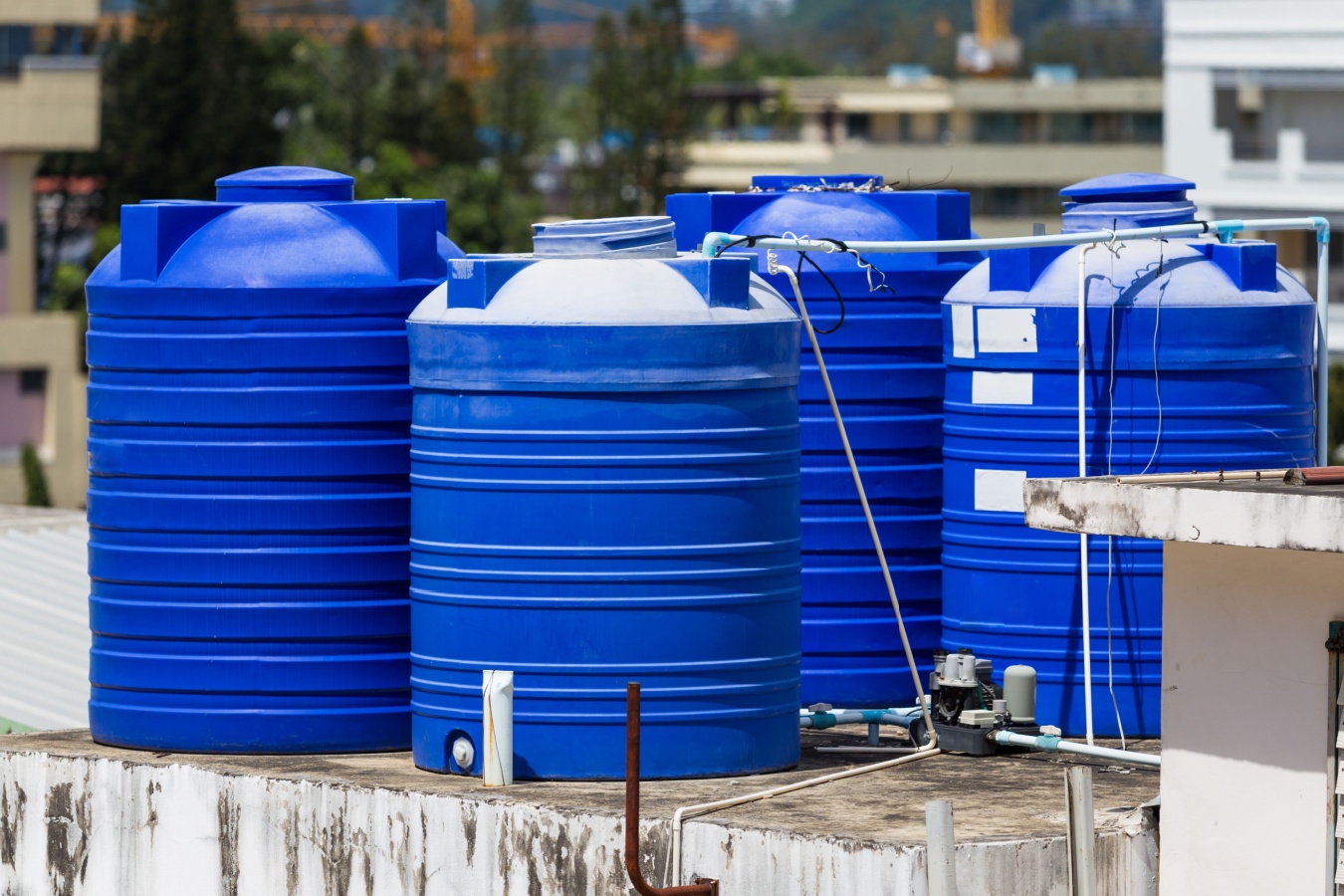
How to Clean a Sintex Water Tank at Home: Step-by-Step Guide
January 31, 2025
4862+ views
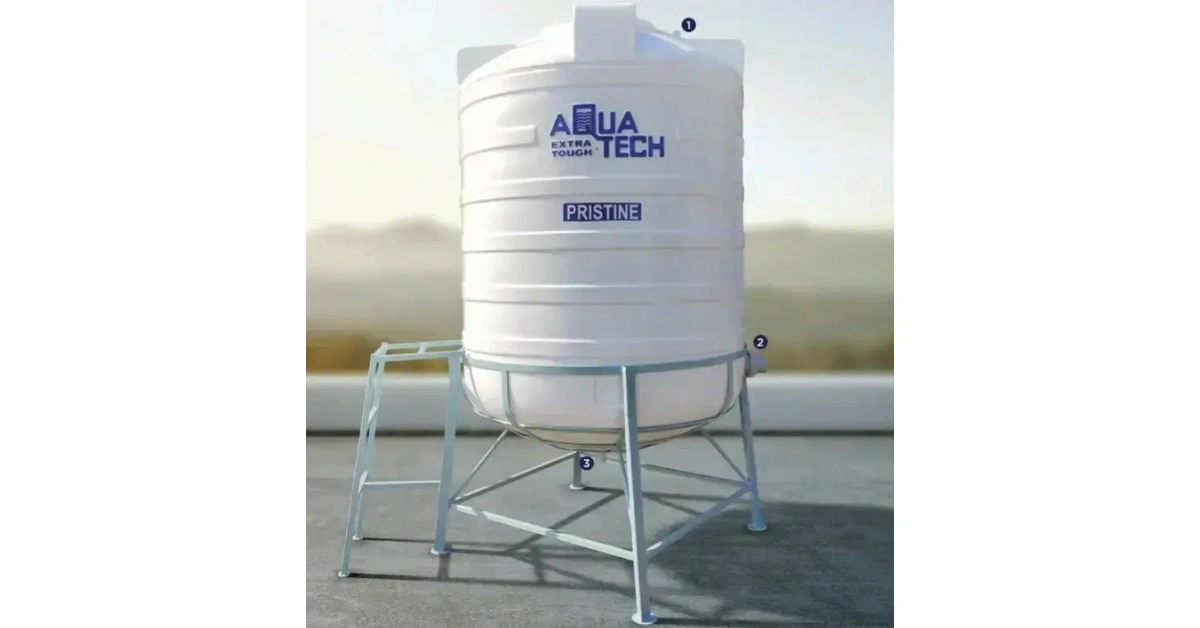
Water Tank Cleaning Liquids: 10 Best Solutions for Safe and Effective Cleaning for 2025
April 28, 2025
1610+ views

How to Clean Water Tank Without Removing Water: Easy and Safe Methods for 2025
May 3, 2025
815+ views
How to clean a septic tank without pumping?
While there are methods to maintain your septic tank and potentially extend the time between pumpings, it's important to understand that completely avoiding pumping isn't recommended. Here are some approaches to consider:
Preventative Measures:
- Use septic-safe products: Avoid harsh chemicals, grease, and non-biodegradable items that can clog your system.
- Minimise solid waste: Garbage disposals can contribute excess solids. Compost food scraps instead.
- Maintain a healthy bacterial balance: Use commercial septic tank additives containing enzymes and bacteria to aid in waste breakdown.
Limited Cleaning Methods:
- Aeration systems: These can introduce oxygen to promote bacterial growth and break down sludge, potentially reducing pumping frequency. (Professional installation recommended)
- Breaking up sludge (professional only): A septic professional can use tools to break up compacted sludge, allowing liquids to flow more efficiently.
Consult Professionals for Major Issues
- If you experience significant problems with your septic system, such as persistent sewage backups, foul odors, or visible damage, it's essential to consult professionals promptly.
- Septic tank issues can worsen quickly, so don't delay in seeking expert assistance.
- Professionals can assess the problem, perform necessary repairs or replacements, and ensure your system operates efficiently.
Remember that proper maintenance of your septic system is essential to prevent costly repairs and environmental contamination. Following these septic tank maintenance tips will help you keep your septic system in good working order and ensure the safe and effective treatment of wastewater on your property.
Septic Tank Cleaning Cost in India
The cost of septic tank cleaning in India can indeed vary significantly depending on several factors. Here's a breakdown of the factors that influence the cost of septic tank cleaning:
- Tank Size: The size of your septic tank is a major determinant of the cost. Larger tanks will require more time and effort to clean, which can result in higher costs.
- Location: The location of your property plays a role in determining the cost. If your property is in a remote or less accessible area, it may be more expensive to get the necessary equipment and personnel to the site. You can also follow vastu guidelines for septic tank placement for optimum flow of positive energy in your home.
- Access Difficulty: If the septic tank access is difficult to reach, such as being buried under concrete or extensive landscaping, it may require additional labor and equipment, which can increase the cost.
- Depth: The depth of the septic tank can also affect the cost. Deeper tanks may require more specialized equipment and safety measures, contributing to higher expenses.
- Service Provider: Different service providers may offer varying prices for septic tank cleaning. It's essential to obtain quotes from multiple reputable companies to compare costs and services.
- Additional Services: Some service providers may offer additional services as part of their package, such as inspecting and repairing minor issues in the system. These services can affect the overall cost.
- Frequency: If your septic tank hasn't been cleaned in a long time or is severely clogged, it may require more extensive cleaning efforts, which can be costlier.
In India, the cost of septic tank cleaning can range from approximately ₹2,000 to ₹10,000 or more, depending on the factors mentioned above. It's important to note that prices can vary from region to region and from one service provider to another.
To get an accurate estimate for septic tank cleaning on your property, it's recommended to contact local septic tank cleaning companies and request quotes. Be sure to provide them with detailed information about your septic system, including its size, location, and any specific issues you may be experiencing. This will help them provide you with a more precise cost estimate for the cleaning service. Additionally, consider scheduling regular maintenance cleanings to avoid more costly repairs in the future and ensure the continued proper functioning of your septic system.
How Can NoBroker Help?
Mastering the process of How to Clean a Septic Tank is crucial for maintaining a healthy and functional septic system. NoBroker is a platform that offers a range of services to help individuals find and connect with trusted professionals for various home-related needs, including plumbing services. Here’s how NoBroker can help with plumbing services:
Easy Access to Professionals: NoBroker provides a convenient and user-friendly platform where you can easily find and connect with qualified plumbing professionals. You can browse through a list of verified plumbers in your area.
Verified Service Providers: NoBroker ensures that all service providers listed on their platform are verified and reliable. This means you can have confidence in the quality of service you'll receive.
Transparent Pricing: NoBroker provides transparent pricing information for plumbing services. You can get an estimate of the cost before booking a service, helping you make an informed decision.
Variety of Services: Whether you need routine plumbing repairs, installation of plumbing fixtures, or emergency plumbing services, NoBroker can help you find the right professional for the job.
Customer Reviews and Ratings: NoBroker allows users to leave reviews and ratings for the plumbing services they receive. This feedback can be valuable in helping you choose the best plumber for your specific needs.
Booking and Scheduling: You can easily book plumbing services through the NoBroker platform. They offer a convenient scheduling system that allows you to choose a time that works for you.
Location-Based Services: NoBroker provides location-based recommendations, making it easy to find plumbing services in your specific neighbourhood or locality.
Additional Services: In addition to plumbing services, NoBroker offers a wide range of other home-related services, such as electricians, carpenters, pest control, and more. This makes it a comprehensive platform for all your home maintenance needs.
By using NoBroker's plumbing services, you can save time and effort in finding a reliable plumber in your area who can guide you on how to clean septic tanks. The platform's commitment to verified professionals and transparent pricing ensures that you can trust the service you receive. Whether you have a plumbing emergency or need routine maintenance, NoBroker can connect you with the right professionals to keep your home's plumbing in excellent condition.
NoBroker Easy Cleaning Tips Testimonials
Im using their Bathroom subscription plan from past 2 years and their services are very good.
Booked full house cleaning for Ugadi, they were on time and completed work very neatly Highly recommended !!
Professional and hustle free services
Took full home cleaning. They did an amazing job!
Best cleaning service by nb. Would recommend others too
I recently used NoBroker Cleaning Services for a deep house cleaning, and I am quite satisfied with the experience. The booking process was smooth and hassle-free, and the team arrived on time as scheduled. The cleaning professionals were thorough and well-equipped, ensuring every corner of the house was properly cleaned. They paid attention to details, including dusting, mopping, and scrubbing hard-to-reach areas. My kitchen and bathrooms, in particular, were cleaned to a high standard, leaving them spotless and fresh. Overall, NoBroker Cleaning Services provided good value for money, and I would recommend them to anyone looking for a reliable and convenient cleaning service.
Nice work
The finest service with affordable cost. Great 👍 work done by these people. Always Recommended
Nice service
Awesome service .. they are so good and super fast and does cleaning awesomely perfect!!!!
Best deep cleaning service provider in pune .Very polite and professional in their work. Best complements to the entire team..
Best flat cleaning service provider in pune Very good service.... Very quick and neat and clean home..... It was shining like mirror.. Highly recommended.
Superb house cleaning service provider in wakad pune Kitchen cleaning was done very sincerely. All equipment and chemicals were got along by the team. Punctual, sicere, good work quality.
Best cleaning service in Pune. Timely work till customer satisfaction. Thanks to team.
Thank you, nobroker cleaning services for your outstanding service. Keep up the fantastic work!
There service are best compared to price. Time was always perfect. I really appreciate their team for perfection and much more
Awesome house cleaning service provider in pimple saudagar .I sincerely appreciate your work. you put so much effort into your work that the house is immaculate 👌👍 thank you for your great service you have been very professional in handling our needs thank you ☺️
I have availed service for terrace floor cleaning. The persons who came for cleaning were very professional. They performed the task very nicely.
Best ac service provider in pune .Nice Work Good AC Service Immediately Response On Time All Call Attend
Best ac service provider in pune .Nice Work Good AC Service Immediately Response On Time All Call Attend
Great ac repair and service in pune .Very professional they understand customers problems and relevant cost wise, also work wise the are exc8
Cleaning was done very effectively. The staff also is very humble and resolved all doubts about the task. Will definitely recommend to anyone requiring deep cleaning services
Best house deep cleaning provider in pune .I got reference from friends. I deep cleaned my house first time. And I am very glad that I picked them. No other company cleans wall. But Nobroker is very effiecient wall cleaner.
One of the best service provider in Pune. Quality of work
Best cleaning services provider in bangalore .superb services provided by her
Best cleaning service provider in bangalore.It was a wonderful experience. Their team spent full time without any hurry and cleaned all the corners of the house. They are polite and very supportive. All of them
As per our request, They clean excellent with speed and provide me Affordable Cleaning service provider in bengalore .I am completely impressed with their professionalism and customer service. Thanks
Nice service
Highly recommended for the people who are looking for for packers and movers in chinchwad
Nobroker Cleaning Services is the go-to company for all your cleaning needs. They have a dedicated team that goes above and beyond to ensure customer satisfaction.
NoBroker Home Service Office has been a game-changer in my property search. Their user-friendly platform, efficient customer service, and transparent deals make the home-hunting process a breeze. I found my dream home with ease, and their support team was always there to assist. Highly recommended for hassle-free property transactions!
I recently used nobroker services to have my house cleaned, and I must say, I was impressed with their work. The team was prompt, courteous, and professional
Had a fantastic experience with Nobroker. They have made our moving into a locked home, super swift and smooth. Very polite, knowledgeable and efficient folks.
We are quite satisfied of what we get. They are quite professional and sincere towards their work.well done nobroker team
Nice job
Nice experience with Nobroker Cleaning service
Most Viewed Articles

Diwali Cleaning Tips and Guide: Make Your Home Shine for the Festival in 2025
January 31, 2025
15115+ views

How to Clean Bathroom Tiles: Easy and Effective Methods for a Sparkling, Hygienic Bathroom for 2025
January 15, 2025
13405+ views
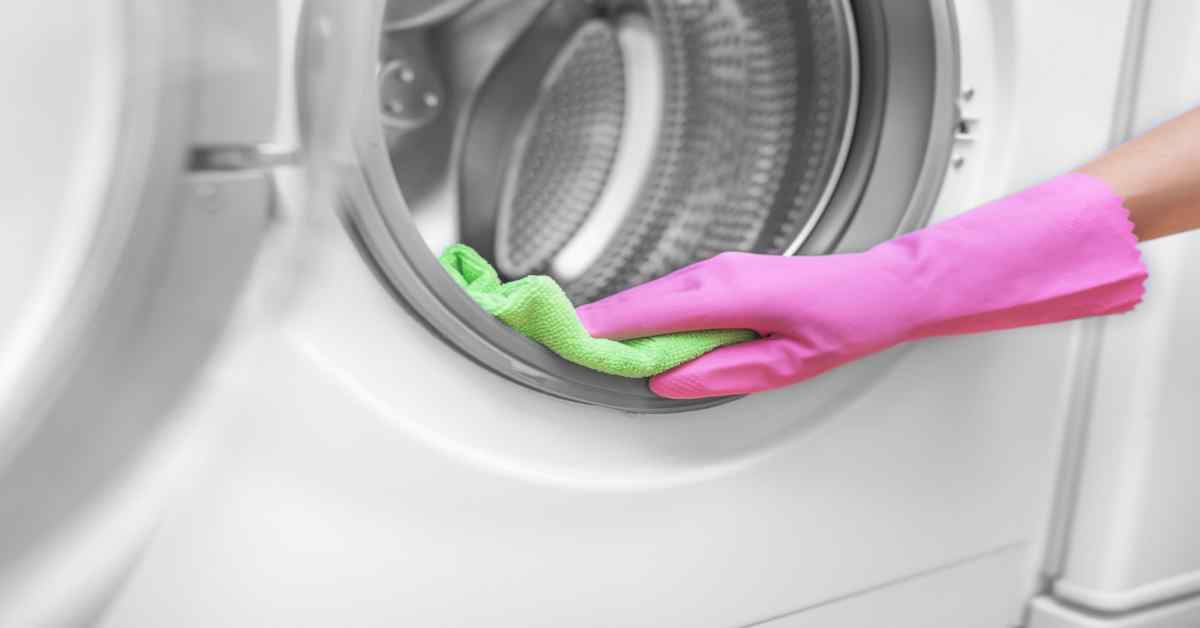
Deep Clean Your Washing Machine: Step-by-Step Guide & Tips
January 31, 2025
11848+ views

How to Clean Kitchen Exhaust Fan Properly?
January 15, 2025
11208+ views

January 31, 2025
10089+ views
Frequently Asked Questions
A1: In India, the cost of septic tank cleaning can range from approximately ₹2,000 to ₹10,000 or more, depending on the factors. It’s important to note that prices can vary from region to region and from one service provider to another.
A2: Yes, you can clean your septic tank yourself if you have the necessary tools and knowledge. However, hiring a professional is recommended for safety and efficiency.
A3: Some septic tank cleaning chemicals can be used safely if they are labelled as septic-safe. However, it’s crucial to follow the manufacturer’s instructions and use them sparingly.
A4: Signs of a full septic tank include slow drains, foul odours, and sewage backup. Regular maintenance and inspections can help prevent these issues.
A5: Septic tank cleaning powder can be a helpful additive, but it's not a substitute for pumping out solids and sludge. Pumping is essential for proper maintenance.
A6: The most effective method for cleaning a septic tank involves arranging for a professional service every three to five years, coupled with a strict practice of not disposing of non-biodegradable substances down the drain.
A7: To naturally clean your septic tank, regularly flush a mixture of yeast, brown sugar, and lemon juice, which helps maintain healthy bacteria levels and decomposes waste effectively.
Loved what you read? Share it with others!
Recent blogs in
Top 10 Wall Cleaning Liquids for Home and Office: Prices, Usage, Types and Benefits in 2025
July 4, 2025 by Jessica Solomon
Best Washing Machine Cleaning Liquids: Prices, Usage, Types and Benefits in 2025
July 4, 2025 by Jessica Solomon
10 Best Kitchen Cleaning Liquids for Indian Homes: Safe, Effective & Multi-Surface 2025
July 4, 2025 by Jessica Solomon






Join the conversation!